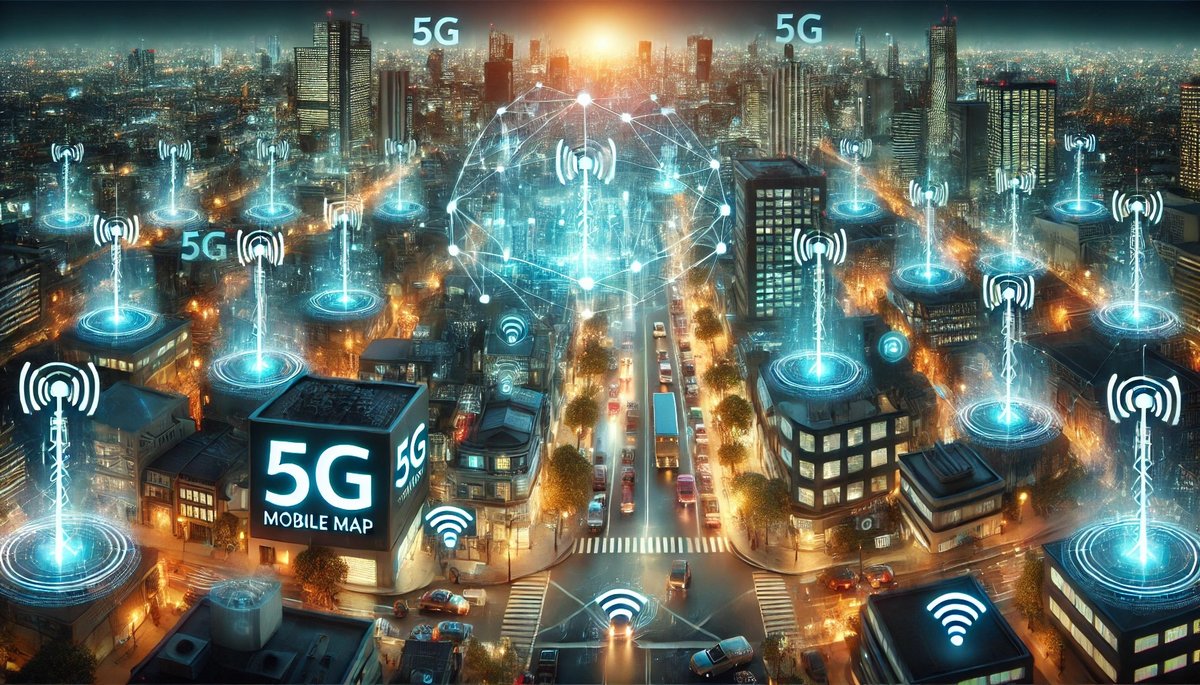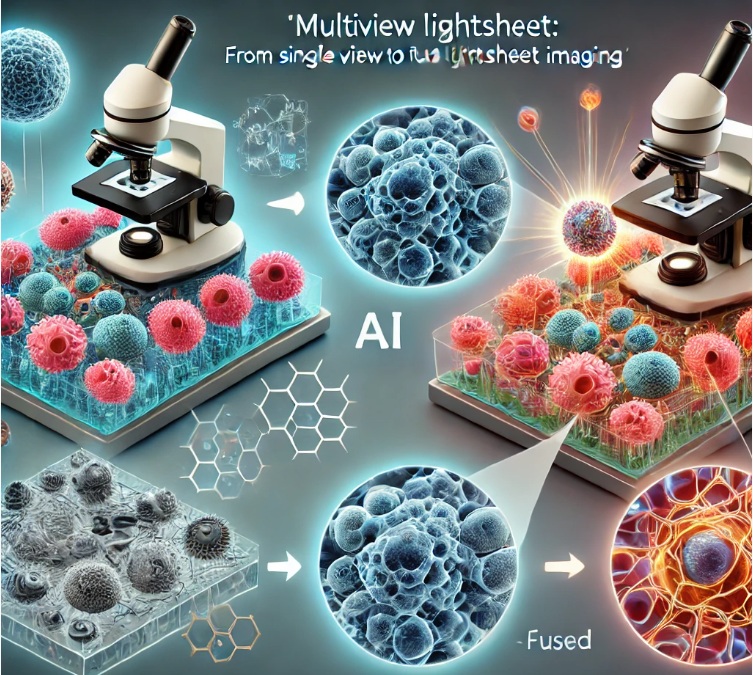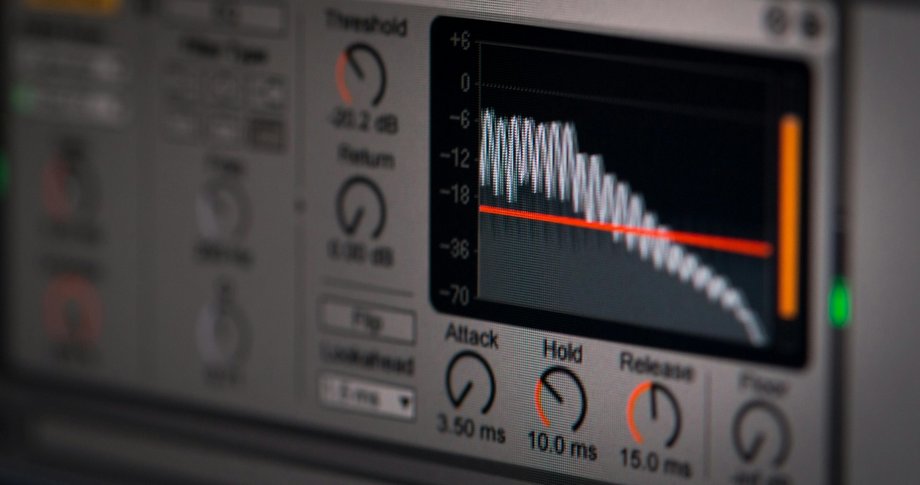Theses
The Computer Engineering Group offers topics for theses in the area of integrated circuits, FPGAs, and video communications. For further information, please contact the academic staff directly.
Open Topics

Challenges in 5G infrastructure digital twin implementation
- Title: Challenges in Implementing Digital Twin for 5G Infrastructure
- Type: Master thesis
- Supervisor: Dr. Hamid Zargariasl
- Description: Implementing 5G digital twins faces several challenges, particularly in managing the vast amount of data generated and ensuring low-latency communication. The integration of diverse technologies, such as antenna technology, radio frequencies, computer networks, IoT, and AI, requires seamless interoperability and standardized frameworks. Security and privacy concerns also arise due to the sensitive data exchanged between physical and digital environments. Additionally, the high cost of infrastructure and limited expertise in advanced 5G and digital twin technologies imposes further difficulties.
- Required skills:
- Basic knowledge of mobile communication and cellular networks
- Basic knowledge of computer networks

3D fused multiview 3D images from only a single view
- Title: From Single View to Fused Multiview Light sheet images creation with deep learning
- Type: Bachelor Thesis
- Supervisor: Alireza Siyavashi, Dr.-Ing. Christian Herglotz
- Constact: siyavash(at)b-tu.de
- Description: The aim is to advance methods for 3D image-to-image fusion using deep learning in biology and microscopy. The goal is to predict a fused 3D image from just one 3D view, addressing the limitations of current microscopy techniques like light exposure and sample damage. This will enhance the quality of images, extend live imaging duration, save photon budget, and improve image analysis, especially for large biological samples. The challenge is open to developing robust, open-source methods with high data variability.
Required Skills:
- Deep Learning for Image Processing
- 3D Imaging Techniques and deep undestanding of voxel and grid network
- -Image Fusion & Restoration Methods.
- - Programming (Python, TensorFlow, or similar)
Noise Reduction & Signal Enhancement

- Title: Developing AI-Based or Adaptive Filtering Techniques for Noise Reduction in Ultrasound Signal
- Type: Master Thesis
- Supervisor: M.Sc. Priscile Suawa Fogou
- Description: Ultrasound signals are widely used in industrial, medical, and sensing applications. However, these signals often suffer from background noise and interference, which can degrade accuracy and reliability. Traditional filtering methods, such as bandpass filters or wavelet transforms, have limitations in handling complex noise patterns. This topic aims to explore AI-based and adaptive filtering techniques to improve the clarity and precision of ultrasound signals by dynamically reducing unwanted noise.
- Required Skills:
- Basic knowledge of signal processing
- Machine learning
- Programming (Python ideally)
FPGA-Accelerated Urdu Handwriting Recognition
- Title: Urdu handwriting recognition on FPGA: Leveraging FPGA's parallel resources.
- Type: Master Thesis
- Supervisor: Muhammad Amin Qureshi
- Description: Urdu is a widely spoken South Asian language, primarily used in Pakistan and India. Its script is derived from Arabic and Persian, incorporating unique stylistic and structural elements. While it shares phonetic similarities with Hindi, Urdu's script is written in a cursive, right-to-left format, making it distinct and more complex for automated recognition. Urdu handwriting recognition is a complex yet crucial task in the field of pattern recognition and machine learning, with applications in digital archiving, automated document processing, and assistive technologies. This project focuses on implementing an efficient Urdu handwriting recognition system on an FPGA (Field-Programmable Gate Array), leveraging its parallel processing capabilities for real-time and high-speed computation. Urdu has 39 distinct characters and with some variations this count goes up to 52. Since it is a cursive language, there are around 26000 ligatures from these characters. There has been a lot of work in this domain, but implementation on an embedded system, especially on FPGA is scarce. The goal of this project is to develop a system that can accurately recognize handwritten Urdu text and evaluate its performance using FPGA-based hardware acceleration. Some of the work in literature is listed below.
- https://doi.org/10.1007/s11265-013-0848-x
- doi.org/10.1109/IBCAST59916.2023.10712987
- https://doi.org/10.1007/978-3-031-41685-9_8
- doi.org/10.1109/Deep-ML.2019.00021
- doi.org/10.1109/ICDAR.2017.30
- doi.org/10.1109/ACCESS.2022.3144844
- doi.org/10.1109/ACCESS.2020.3010166
- https://doi.org/10.1007/978-3-031-41734-4_19 (Git: abdur75648/UTRNet-High-Resolution-Urdu-Text-Recognition: UTRNet: High-Resolution Urdu Text Recognition In Printed Documents (ICDAR'23))
- Required Skills:
- Traditional Machine Learning (HOG, SIFT, etc)
- Deep Learning (CNN, LSTM)
- Python
- FPGA Implementation using Verilog / VHDL and HLS

